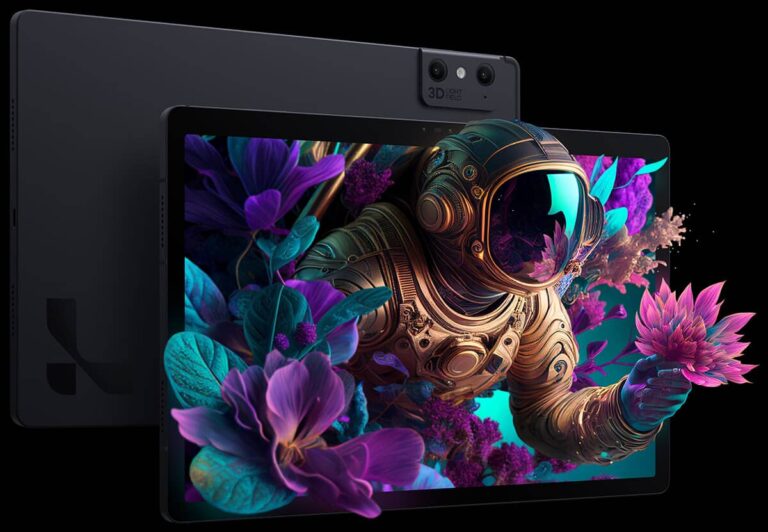
3D display maker Leia Inc. announced it acquired 3D display maker Dimenco last month. The terms of the cash and equity transaction between the two private companies were not disclosed. CEO and founder David Faatal will continue to lead the company from Silicon Valley, and Dimenco CEO Maarten Tobias will join Leia as Chief Commercial Officer, and continue to work with his team in Dimenco’s Veldhoven, The Netherlands, headquarters. They will shortly begin to sunset the Dimenco brand in favor of Leia.
What’s behind this power play for Leia?
“Dimenco has made great progress breaking into the laptop OEMs [Asus] while we are focusing on Mobile and Pads,” explained Faatal in an interview following the acquisition. “They do have a very primitive supply chain management capability and little leverage but under the Leia umbrella, this will change. Together we will be able to offer one 3D display solution for all personal devices from 6 to 32 inches at competitive pricing, and with cross-platform applications (think 3D chat between Android tablet and Windows laptop). This will greatly reduce the confusion we have seen with OEMs who don’t know which solution to choose and some explicitly had expressed the wish that we work together.”
https://youtu.be/rmhOSgQ_61s
Leia focused on the Android platform catering to the mobile and automotive markets, while Dimenco led on the Windows-based laptops and monitor. This merger will benefit the hardware manufacturers, their customers, who have been seeking a single, cross-platform solution based on a common industry standard, something OEMs have been pushing both companies about. One of the big similarities between the companies’ technologies is the use of head tracking. Dimenco was several years ahead of Leia with its OLED display, which Faatal cited as an important benefit of the deal, along with a massive combined patent portfolio.
“Standardization and standards in the market, especially with new technologies, are very important to get mass adoption. And I think that was my main trigger to actually look at this very seriously. I think the joint entity actually will create such a standard and collectively can also push this technology forward,” said Tobias in the same interview. “So for me, that was one of the bigger reasons. Our display technology is quite sophisticated, and that in combination with the ecosystem, the AI content that Leia has created all this time, I think we are a very powerful combination. So that was in essence our trigger to look at this.”
Leia released its new 3D AI Lumepad in January to critical acclaim. This remarkable device has won a CES innovation award every year for the past four years. Images literally jump off the flat screen and into the physical world. They seem to float a foot in front of the 12.4” screen. The stereo cameras on the front of the pad provide eye tracking, and also enable stereography, using a suite of Leia branded apps such as Leia Cam, Leia Player, Leia Tube, Leia Dream, Leia Pix, the Lume Tablet can convert both 2D images and video into 3D.
“Martin and I both agree that there’s a new wave of 3D coming in the next 18 months. It goes by cycles. I think Dimenco has been successful in putting their technology in the laptop with big OEMs like Ace and we’ve been very successful on the mobile side.” Said Faatal. “So Leia had been focusing on Android Menko had been focusing on Windows laptops. And I would say in 2022, we were kind of separate. And in 2022, our world started to collide because the line between laptops and tablets is kind of blurred. You went from 16-inch to 12-inch, and then people started wanting to do 14-inch and asking Windows, Android, and so on.”
 Charlie Fink is the author of the AR-enabled books “Metaverse,” (2017) and “Convergence” (2019). In the early 90s, Fink was EVP & COO of VR pioneer Virtual World Entertainment. He teaches at Chapman University in Orange, CA.
Charlie Fink is the author of the AR-enabled books “Metaverse,” (2017) and “Convergence” (2019). In the early 90s, Fink was EVP & COO of VR pioneer Virtual World Entertainment. He teaches at Chapman University in Orange, CA.

